Introduction
Voiceless Voice is a Ritual deck made of Light-attribute monsters. It is also related to a classic Yu-Gi-Oh! TCG archetype, which focuses on ritual-summon. Voiceless Voice cards are new versions of the following cards in that archetype:

Besides renewing a classic archetype by giving it a new name and new artwork, Konami has also created a consistent, and quite powerful, strategy which is already yielding results to players who used it in big tournaments.
Check out everything about Voiceless Voice!
Decklist
Main Deck

To start, we have a mini-engine which improves both this deck's consistency and power ceiling. Diviner of the Herald is the best starter in this list, whereas Trias Hierarchia is the main target for its effect (and, therefore, is a "garnet"). Another role "Diviner" fills is allowing its player access to their synchro monsters, considering it is the only tuner in this deck (apart from its handtraps).

Lo, the Prayers of the Voiceless Voice is one of the main cards in Voiceless Voice's strategy because, besides "searching" this archetype's spells and traps, we can also use it as a tribute to ritual-summon your Ritual monsters. Additionally, the Voiceless Voice's boss monster needs it on the board to access its omni-negate effect.
Even though it is a continuous spell, Barrier of the Voiceless Voice is this archetype's "ROTA". It also has effects that protect your monsters from being targeted by attacks or effects.
This archetype's trap, Radiance of the Voiceless Voice, is quite versatile, considering its effect recycles your resources and offers you consistency at the same time. It also has an interaction effect that destroys enemy cards.

Saffira, Dragon Queen of the Voiceless Voice is another consistency card, considering it searches for your Ritual monsters. Additionally, it is essential because it puts your Ritual spell, Prayers of the Voiceless Voice, in your graveyard, which will be important during your combo. It also ritual-summons a monster.

Sauravis, Dragon Sage of the Voiceless Voice is one of the interactions on your final board, and we'll usually use them to summon Sauravis, the Ancient and Ascended on your opponent's turn. This last card can negate one of your opponent's special-summon, which is an incredibly strong interaction.

Skull Guardian, Protector of the Voiceless Voice is this archetype's boss monster and monster searcher - besides giving you the main interaction in your strategy, its omni-negate effect, which we can only use if Lo, the Prayers of the Voiceless Voice is on the board. Remember that, if you have "Lo" on your board or your graveyard, it will double "Skull Guardian's" ATK points.

The cards above are the consistency spells that aren't a part of this archetype. Pre-Preparation of Rites is an excellent way to play around Droll & Lock Bird, considering it allows you to add two cards to your hand at once.
Pot of Prosperity is quite versatile because it can draw you your starters, extenders, or even tech cards, depending on what you need right then.

Called by the Grave is an incredibly versatile card: we can use it reactively to defend ourselves from a handtrap, or even proactively by banning a monster in your opponent's engine, such as, for instance, Promethean Princess, Bestower of Flames, which is incredibly popular in the current format.

The rest of the slots meant for tech cards were filled by the main handtraps in this format. I'll highlight Nibiru, the Primal Being, which can serve as a tribute for your ritual-summons in case of emergency.
Extra Deck

Linkuriboh isn't essential in this deck, but it is useful when you need Lo, the Prayers of the Voiceless Voice in the graveyard. Additionally, while it is in the graveyard, it can help "Lo" "escape" enemy interactions.
Relinquished Anima is a bit more useful in duels, and it is quite important when you're going second, when you'll be able to break your opponent's board, or force them to spend a negate.

Dyna Mondo is one of the most important cards in your extra deck because it has an effect when it is summoned that, simultaneously, allows you to interact with your opponent and recycle your own resources. Besides, it can summon the Ritual monster we used as material to summon it through its Quick Effect.

I:P Masquerena isn't part of your initial board, but it can be critical in a grindy game, when you'll be able to access both S:P Little Knight and Underworld Goddess of the Closed World, depending on what you need at the moment.

Lyna the Light Charmer, Lustrous, Selene, Queen of the Master Magicians, and Accesscode Talker form an OTK combo, in which you'll set up a "ladder" to access "Accesscode", which is one of the best finishers in the game.

These are the targets in our extra deck for our Diviner of the Herald; Elder Entity N'tss is an interaction, and Herald of the Arc Light is a consistency card.

These are the other synchro monsters in this deck; Accel Synchro Stardust Dragon helps you access Baronne de Fleur, considered by many the best synchro monster nowadays.
Another monster that is among the main synchro monsters in the game is Chaos Angel, a powerful tower which can help you gain time until you get your main strategy to work again in a match that has extended itself beyond what you expected.

Super Starslayer TY-PHON - Sky Crisis is the only xyz monster in this deck, and is in it to help you deal with a board formed by towers or cards like Divine Arsenal AA-ZEUS - Sky Thunder, for instance.
Voiceless Voice Goal
Voiceless Voice has a linear combo that summons just a few monsters, when compared to most of the decks nowadays. Your final board usually has these monsters: Skull Guardian, Protector of the Voiceless Voice, Lo, the Prayers of the Voiceless Voice, and Sauravis, Dragon Sage of the Voiceless Voice. Additionally, you'll also have Barrier of the Voiceless Voice to guarantee more protection for your monsters, and, depending on the game state, it will also give you access to this archetype's trap, Radiance of the Voiceless Voice.
Standard Combo
I'll leave down below the standard combo if you start with Pot of Prosperity, considering that, this way, you'll have 2 spells in your graveyard at a certain point of the combo, when you'll need them:
> First, activate Pot of Prosperity. Now, let's assume you found Diviner of the Herald and added it to your hand;
> Normal summon Diviner of the Herald and activate its effect to get Trias Hierarchia from your deck and send it to your graveyard;
> Next, activate Trias Hierarchia's effect in the graveyard to tribute Diviner of the Herald and make Trias Hierarchia special-summon itself;
> When tributed, Diviner of the Herald can activate another one of its effects; use it to summon Lo, the Prayers of the Voiceless Voice from your deck and, by summoning it, activate its effect to activate Barrier of the Voiceless Voice straight from your deck;
> Use Barrier of the Voiceless Voice's effect to get Saffira, Dragon Queen of the Voiceless Voice from your deck and add it to your hand;
> Activate Saffira, Dragon Queen of the Voiceless Voice's effect, discarding it, to send Prayers of the Voiceless Voice from your deck to the graveyard, and get Skull Guardian, Protector of the Voiceless Voice from your deck and add it to your hand;
> Now, activate Saffira, Dragon Queen of the Voiceless Voice's effect, banning it, to ritual-summon Skull Guardian, Protector of the Voiceless Voice by tributing Lo, the Prayers of the Voiceless Voice;
> Organize the chain this way: chain link 1 - Lo, the Prayers of the Voiceless Voice (so it can special-summon itself from the graveyard), chain link 2 - Skull Guardian, Protector of the Voiceless Voice (to get Sauravis, Dragon Sage of the Voiceless Voice from your deck and add it to your hand);
> Summon Sauravis, Dragon Sage of the Voiceless Voice from your hand by "returning" Pot of Prosperity and Prayers of the Voiceless Voice from your graveyard to your deck.
This way, your board will end up like this:
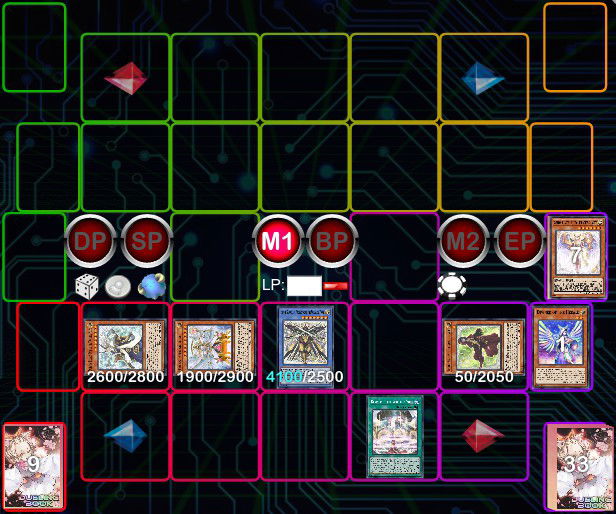
Main Matchups in the Format
If Voiceless Voice goes first, it doesn't form an incredible board, but it is strong enough to even deal with decks of the current metagame, considering that, apart from Fire King Snake-Eye and pure Snake-Eye, it is the most represented deck in topcuts in recent YCS's. Despite this, and despite the fact this deck seems simple, its pilot needs to use it wisely, considering this is an incredibly important factor to defeat opponents with a higher power ceiling.
As for when it goes second: against the main decks in this format, you'll depend a lot on your tech cards, but, against the other decks, Voiceless Voice can force some interactions to break its opponent's board and establish a board that can deal well with their opponent's next turn.
Final Words
So, what did you think of this deck? I hope you liked getting to know more about it and that you have a lot of fun with it.
You're welcome to give us your opinion in the comment section. Cards Realm thanks you for your support!

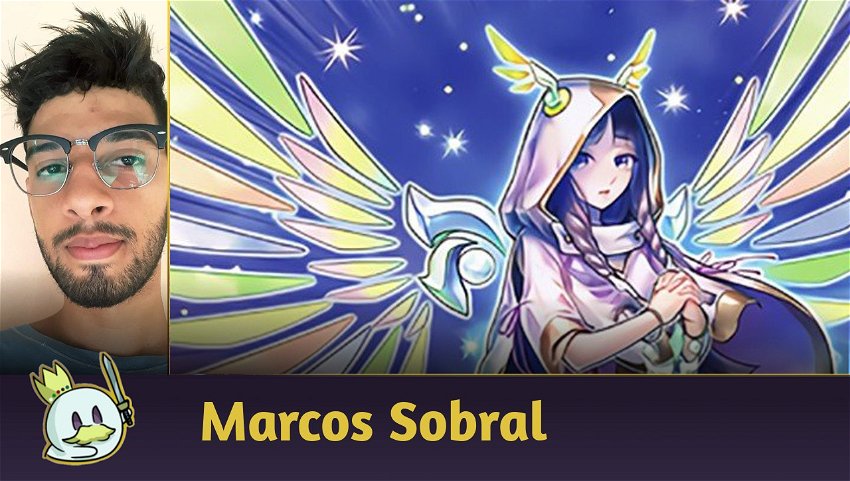







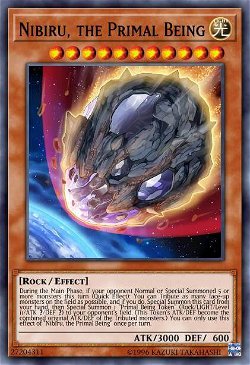
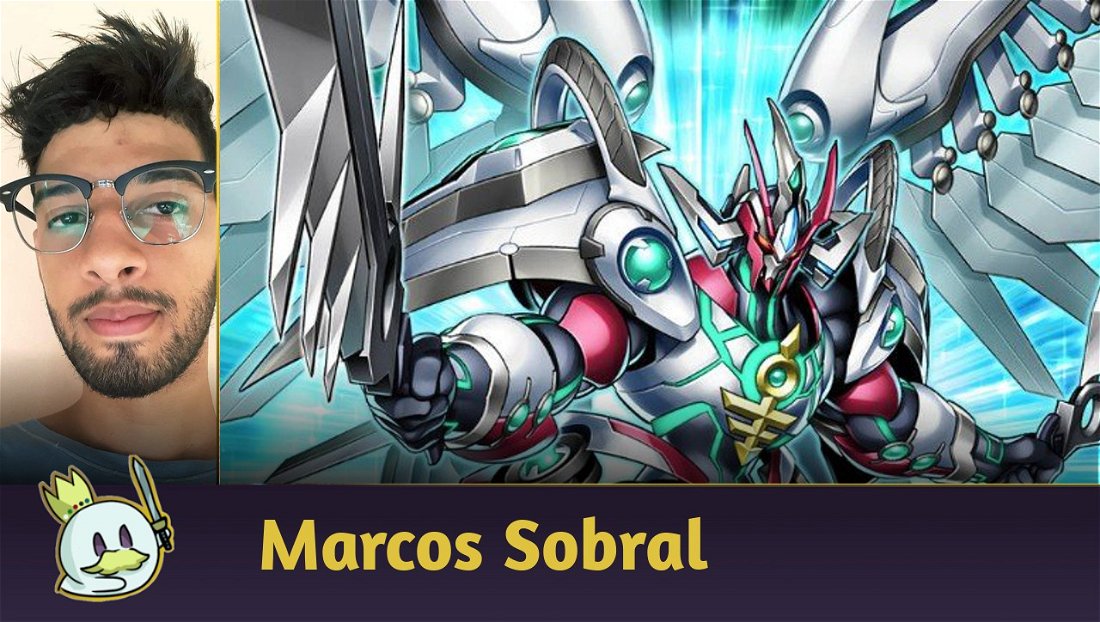
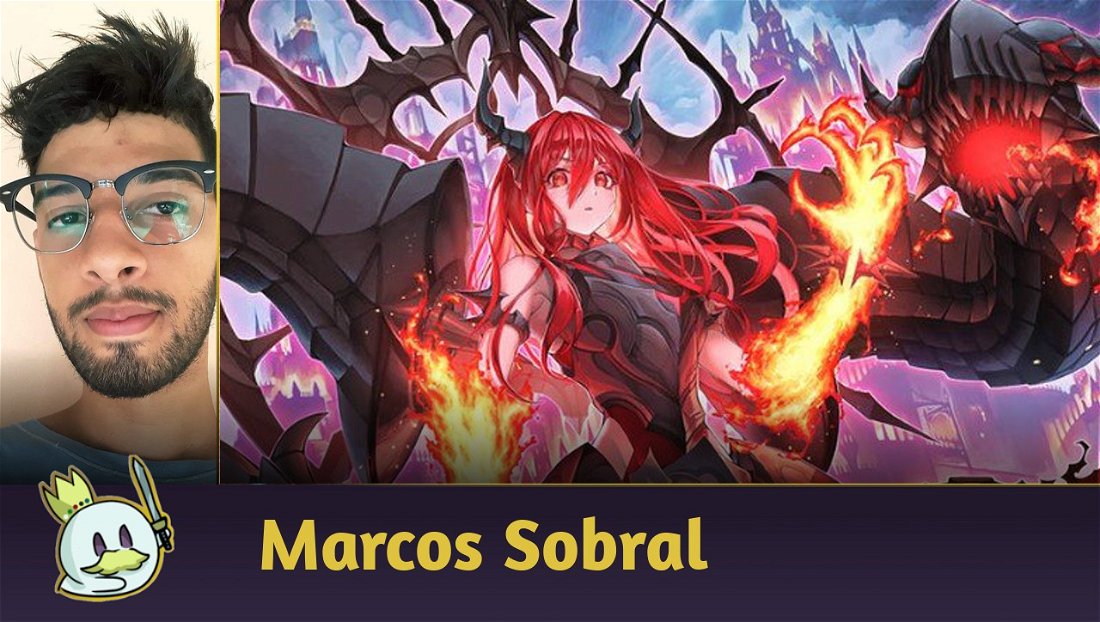



— 评论 0
, 反应 1
成为第一个发表评论的人